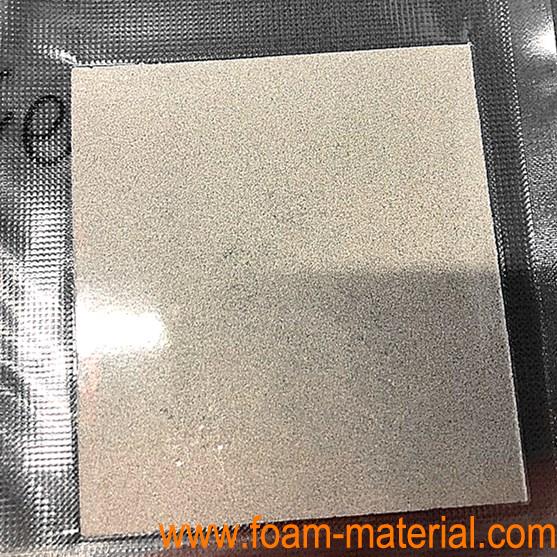Unveiling the Wonders of Ag Metal Foam: A Marvel in Materials Science
Introduction
In the world of materials science, innovation knows no bounds, and one such marvel that has captured the attention of researchers and industries alike is Ag metal foam, a remarkable substance with unique properties and a wide range of applications.
What is Ag Metal Foam?
Ag metal foam, also known as silver metal foam, is a three-dimensional porous structure composed primarily of silver (Ag) metal. Its sponge-like structure is characterized by a network of interconnected pores, giving it extraordinary properties that set it apart from traditional materials.
Exceptional Properties
High Surface Area: Ag metal foam boasts an incredibly high surface area due to its porous structure. This property makes it highly attractive for various applications, including catalysis and sensing.
High Thermal Conductivity: The high thermal conductivity of silver, combined with the foam's porous structure, makes it an excellent heat conductor. This property is harnessed in heat exchange applications and thermal management systems.
Low Density: Despite its metallic nature, Silver metal foam is relatively lightweight due to its porous structure. This low density makes it suitable for lightweight structural applications, reducing overall weight while maintaining strength.
Sound and Vibration Damping: Ag metal foam's porous structure also lends itself to sound and vibration damping applications. It can absorb and dissipate sound and mechanical vibrations effectively, making it valuable in industries such as automotive and aerospace.
Electromagnetic Shielding: The excellent electrical conductivity of silver, combined with the foam's structure, makes it effective for electromagnetic shielding, protecting sensitive electronic equipment from interference.
Applications of Ag Metal Foam
Catalysis: Ag metal foam's high surface area and catalytic activity are utilized in various chemical processes, including catalytic converters in automobiles and fuel cells for clean energy production.
Thermal Management: Its exceptional thermal conductivity makes Ag metal foam ideal for heat sinks, thermal insulation, and dissipating heat in electronic devices.
Lightweight Structures: In aerospace and automotive industries, Ag metal foam is used to create lightweight structural components that maintain strength while reducing overall weight.
Sound and Vibration Control: It finds applications in noise reduction in machinery and vibration control in vehicles.
Electromagnetic Shielding: Ag foam is employed in the design of enclosures and casings for electronic devices to protect against electromagnetic interference.
Conclusion
Ag metal foam stands as a shining example of how innovative materials can revolutionize various industries. Its exceptional properties, including high surface area, thermal conductivity, and versatility, open up a world of possibilities in fields ranging from chemistry and engineering to electronics and aerospace. As research and development in materials science continue to progress, we can expect even more groundbreaking applications and advancements involving Ag metal foam.

 Daisy@foam-material.com
Daisy@foam-material.com
